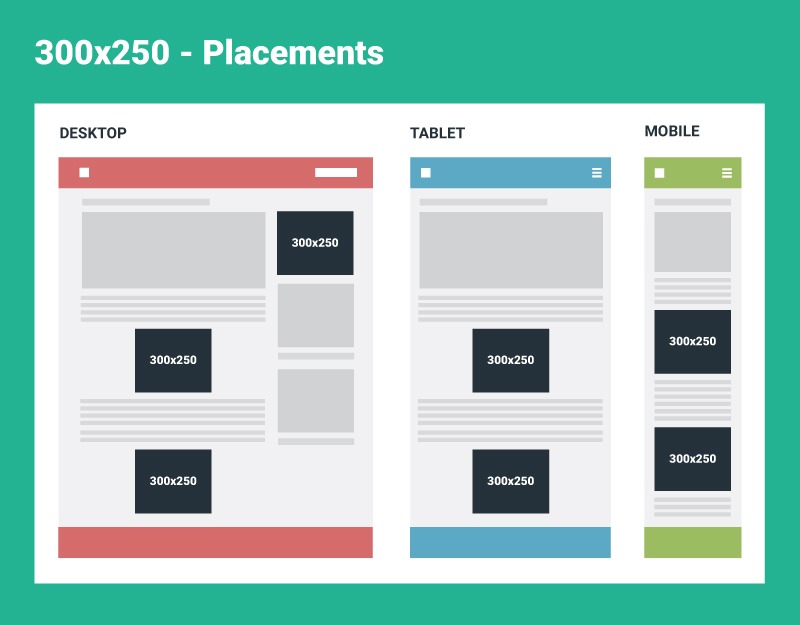
You may have wondered if email marketing is better or worse than social media marketing. We will be discussing the differences and similarities between these marketing platforms. This includes the difference between email and social networks, the differences and reasons why paid content is better than social media. This article will also talk about the differences between organic content and paid content in social media. Ultimately, this article will provide you with an understanding of how to choose the best approach for your marketing campaign.
Email marketing is more efficient than social media marketing
Email is the clear winner when it comes to sales conversions. Although social media's audience may be larger, email marketing's targeted audience will more likely purchase your products or services. Even though social media has a larger audience, they don't offer the greatest ROI. These are just a few of the reasons that email is better than social media when promoting your business.
Consumers seek closer relationships with brands and companies. People want to be able to connect with brands and companies. Email, however is delivered directly into the user's inbox. Email has the same chance as a friend and family member to reach readers. This means email converts more subscribers into paying customers.
Email has a greater user base
Social media platforms like Facebook are huge, but they have limited reach. In general, emails reach more people organically, and the reach of new email addresses is limited by social media algorithms. This is why email has a greater user base that social media. Why would anyone want to promote their business through email? Let's see the pros and cons of each.
Email marketing is more effective than social media marketing for reaching large audiences. Many of your email subscribers will forward your marketing emails to family members and friends. This gives you an even wider reach than with social networking. Adobe conducted a study that found that millennials use email for an average of 6.4 hours per week. Nearly half check their inbox before or after work.
Email is more task-oriented

There are many key differences between email and other forms of communication. One is the fact most people check email early in the morning. They are less likely be distracted by other messages. People who are on a mailing lists are more likely be to open your email and take action. You can choose how you want your message to look and what it contains.
Personalization is another important difference between these two types of marketing. Marketing emails can be personalized to include the recipient's name, unlike social media. This personalization helps to drive higher open and click-through rates as well as conversions. Personalization is much easier with email marketing than it is on Facebook. Facebook posts rarely address users by name, for example. Email is a great way to reach your audience and make them feel unique.
Paid content vs. organic content vs. social media posts
How you plan to reach your target audiences will affect whether you choose organic or paid content. Organic content is created by your followers and shared without any promotion costs. Paid content, however, costs more but is shared by your followers. When determining whether to use paid or organic content, consider how much time and money you can devote to each. Both have their advantages and complement each other.

Organic content can be posted for free, but it may not reach your intended audience. Paid content is designed to target your intended audience, and is the best option if you want your business to grow quickly. There are both organic and paid social media content options on each platform. Choose the one that is most effective for your needs, and then decide how to best use them to reach your target audience. A content strategy can help you determine which social media platforms are most effective for your target audience.
FAQ
How do you start SEO on your website?
Knowing what someone is looking for when they search for your company name, products or other information on search engines like Google is the first step in achieving a Google ranking. This guide will help to make sure your content is ranked highly by Google. Check out our other guides about content marketing.
To start, you'll want to create a plan and think about what kind of keywords you want to target. There are two types keywords: broad keywords, such as "digital marketing", and more specific keywords, like "seo".
Next, decide on goals such as increasing brand awareness or driving leads.
Once you have your objectives defined, you are now ready to start writing content. Here are some SEO tips.
After your content is written, you can publish it to your blog. If you have a website, this might involve updating existing pages. If you don't have a website, you will need to hire someone who can design one.
After you publish your content, link back to it on relevant blogs and websites. This will increase its visibility and give it greater exposure.
How do I create an SEO strategy?
To create an effective SEO strategy, you must first understand what you want and how you intend to achieve it. This allows you to structure your content around these goals.
Step two is to get started with your keywords. Keyword research will give you insight into what people search for when they use specific words. This information will allow you to write articles about these topics.
Once you've written your articles, ensure to include your target keywords throughout them. You can also optimize your articles by adding images and videos that are relevant. Last, be sure to include links to related pages wherever you can.
After writing all your content, you can start optimizing it!
Can a Content Strategy help me achieve a higher ranking?
A content strategy involves planning how much content you want to produce over time. It contains keywords and information about your company, such as topics. This plan will help you avoid producing too much or too little content.
Statistics
- These guides are designed and coded 100% from scratch using WordPress. (backlinko.com)
- 64% of marketers actively create SEO campaigns because they help hit multiple key performance indicators (KPIs), including increasing traffic, helping your site rank for relevant keywords, improving your conversion rate, and much more. (semrush.com)
- A 62.60% organic traffic boost to that page: (backlinko.com)
- Deleting those 10k pages is one of the main reasons that he improved his site's organic traffic by nearly 90%: (backlinko.com)
- Sean isn't alone… Blogger James Pearson recently axed hundreds of blog posts from his site… and his organic traffic increased by 30%: (backlinko.com)
External Links
How To
How do I start my first blog.
It's simple! WordPress is an excellent platform for creating a blog. The user can modify the look and feel of their blog easily by adding themes and changing fonts and colors. They can also create plugins that will automatically alter certain aspects of the website according to visitor activity.
You can download many templates free of charge from WordPress.org. Premium templates cost money. Premium templates can include additional pages, plugins, or advanced security features.
Once you have downloaded your template, sign up for a free account at a hosting provider in order to upload your files and to run your blog. Many hosting companies offer free accounts. However there are limitations to how much space you can have, how many domains your site can host, and how often you can send emails.
If you wish to use more than one domain, you will need to purchase additional email addresses. Some hosts charge a monthly subscription fee.
If you're new to blogging, you may wonder why anyone would pay to have a blog hosted online. Hosting companies offer unlimited storage, so your files won’t be deleted even though you delete them accidentally.
Many hosts also let users host multiple domains, meaning you could have several different sites under the same hosting package. You can save money by not signing up for multiple email addresses, and you can maintain all of your sites using one interface.
Some hosts offer social media sharing buttons that allow visitors to quickly share their posts on the web.
Most hosting providers provide tools for managing your blog. You can view the performance stats of your website, see how many people visited each post, and compare your traffic with other blogs.
These tools can make it easier to manage your blog faster and easier, so make sure you check them out before you buy a web hosting plan.
To sum up:
-
Choose a topic relevant to your business;
-
Create engaging content;
-
Optimize your site using SEO techniques;
-
Promote your site using social media channels;
-
Monitor your statistics regularly to make changes where necessary;
-
Don't forget to update the blog often.
In summary, you need to create and promote good content and then track its success.